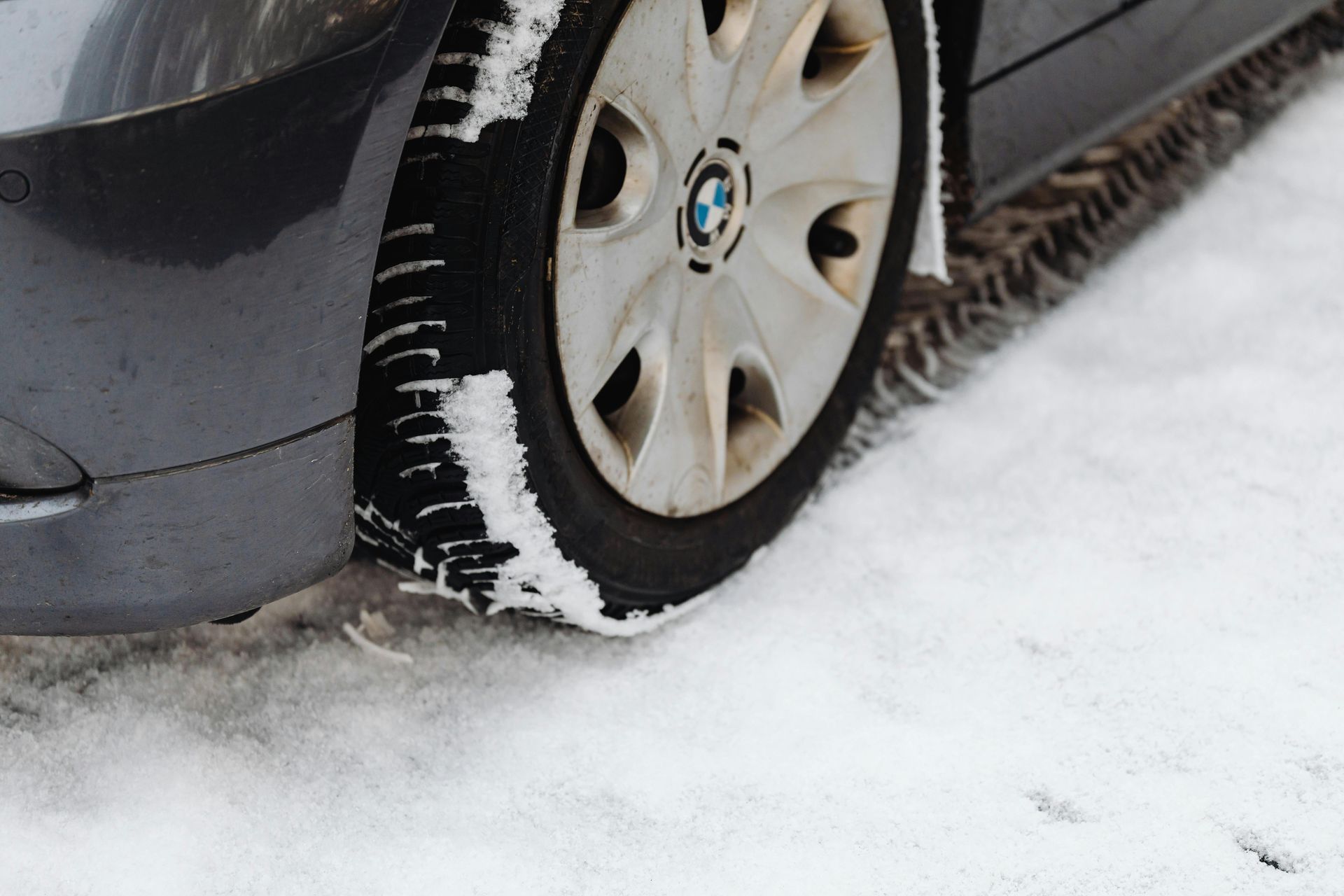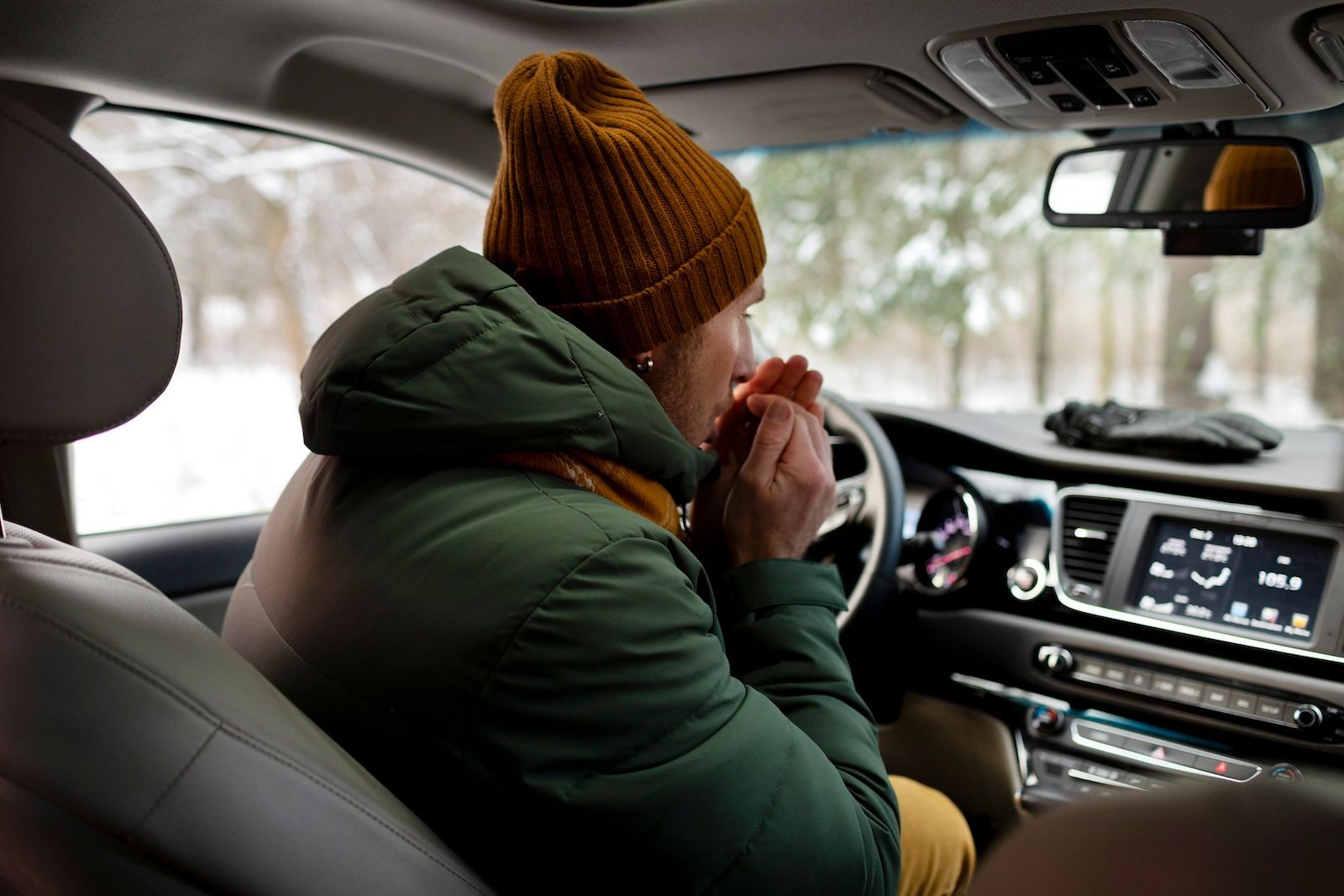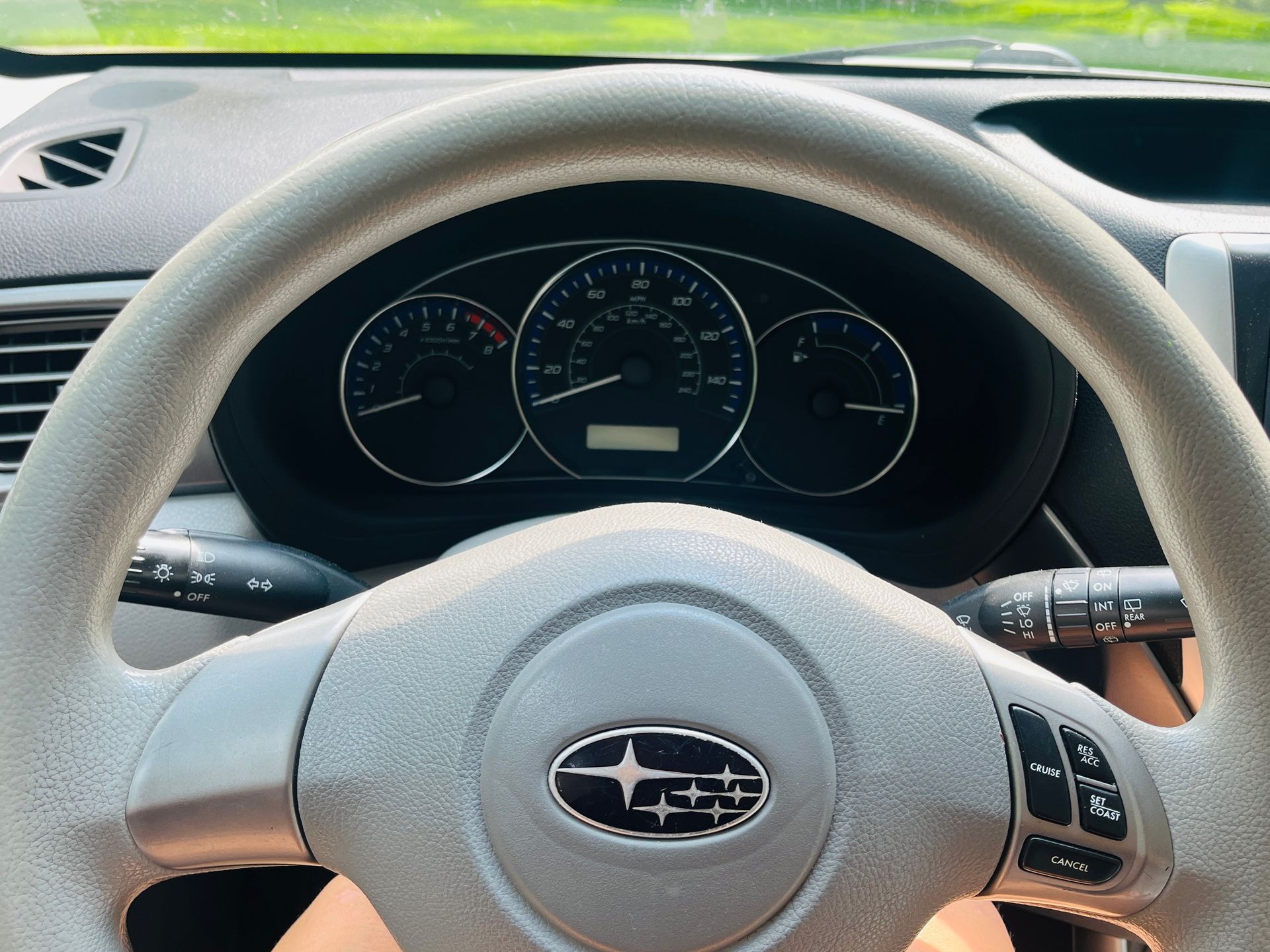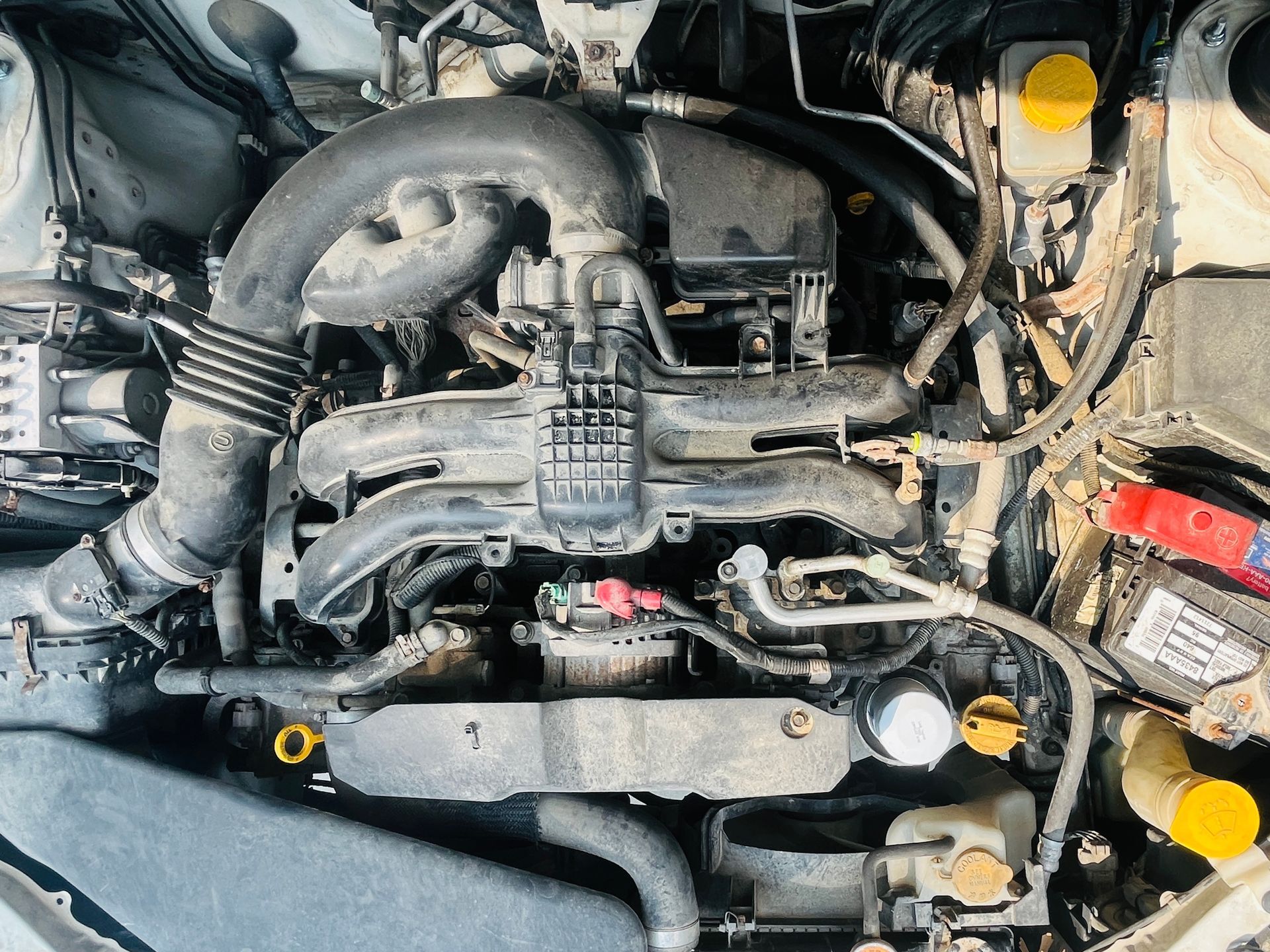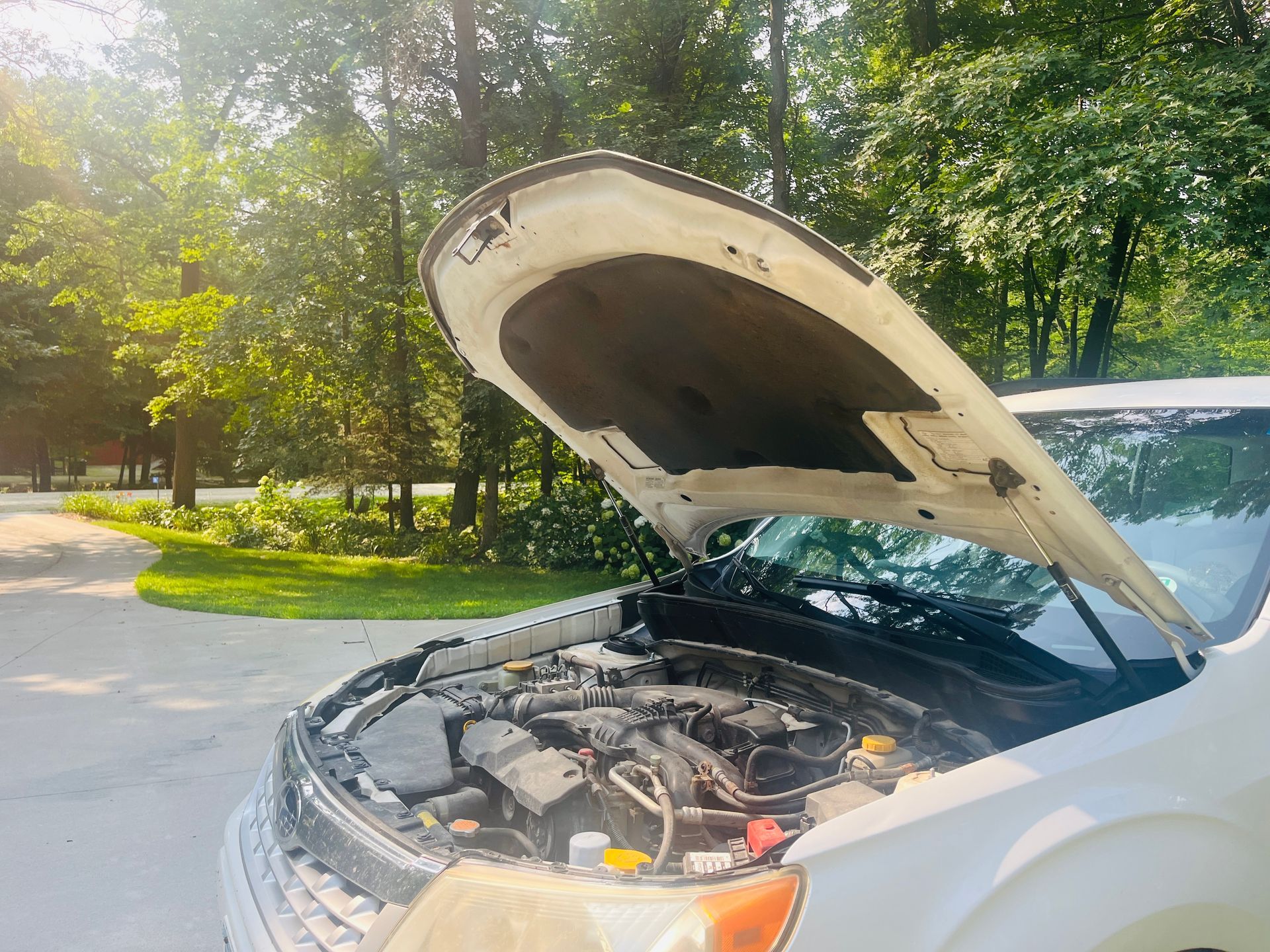3 Solidly Good Driving Habits~ By Mark Conner
October 6, 2017
As a passionate enthusiast of making our roads safe, Mark Conner has asked to share his articles on our website. As a business dedicated to the safety of our roadways, we have gratefully accepted his time in writing ways to encourage safety. Please enjoy this special article from Mark of drivesafely.info
3 Solidly Good Driving Habits that Preserve Lives
Most people who regularly drive a car generally consider themselves to be good drivers. But their positive opinion of themselves and reality could be radically divergent. A person with the good fortune of never having been in a car wreck may feel he is driving well enough, but could actually be a follower of bad safety habits. Indeed, keeping a perfect accident record isn’t what separates a good driver from a bad, dangerous one, at all.
Here are four safe driving habits that are typically exercised by all conscientious, respectful drivers of the road:
Respect for the Speeding Limit
A love for speed, impatience, or naive carelessness see many drivers speed past the safe driving limit on the highway, which can trigger a whole spectrum of problems. From collecting speeding tickets to being called to court to – worst case scenario here – being involved in a terrible car accident that has claimed the lives of other motorists and passengers, the excuse to “make it home sooner” should be an intolerable one.
A 2014 reort published by the National Highway Traffic Safety Administration (NHTSA) described speeding as accounting for 28 percent of total motor vehicle deaths that year. Knowing that all the victims of such accidents endured horrible whiplash deaths as a result of the physical crash forces involved, makes one pause and sadly ponder how easily preventable such accidents are, if only caution was exercised.
Conscientious drivers always make sure their car is traveling on the road at a safe speed. They regulate their speedometer within reason, which allows them to react better to any potential danger on the road.
Not Texting while Driving
In 2015, 3,477 people were killed by motorists who drove distractedly, the NHTSA found. The agency cited texting while driving as “the most alarming distraction.” In its report, the government agency noted that reading or writing out a text absorbs 5 seconds of mind focus and concentration. At 55 mph, those five distracted seconds means you’ve driven the whole length of a football field without looking at the road. No wonder texting while driving has become a matter of concern to authorities.
Not Abusing Drugs and Booze
Drunk driving accounted for 31 percent of all U.S. car wreck deaths in 2014, noted the NHTSA – a huge number. While government authorities have campaigned against drinking and driving for decades, drugged driving is just as dangerous but less well known among the public. (The legalization of marijuana in a few states may be playing a role in all this.)
Did you know that opioid addiction in the United States, as well as other forms of prescribed drug misuse, including sedative overuse, presently outranks drunk driving as the leading cause of car accident fatalities?
Marijuana dampens reaction time, adversely influences time and distance judgments, and compromises proper coordination. Cocaine users are known to be aggressive on the road, while drivers who take benzodiazepines, a kind of sedative, get drowsy and/or dizzy.
Respectful, safe drivers don’t drink before sitting behind the wheel, and do not take prescribed or illicit drugs that mess with focus, concentration and proper mind-body coordination – all qualities that are critical for driving a vehicle safely.
The Takeaway
Being able to drive on the roads and highways is part of the all-American way of life. However, your right to drive comes attached to several critical notions of responsibility and duty to yourself, your friends and family, as well as fellow drivers of the road.
So put away your smartphone, regularly ease down your speedometer, and have a friend be the designated driver after a night of boozing. By driving safe, you choose to live with a guilt-free conscience, which is key to living a generally conscientious life that benefits everyone.



